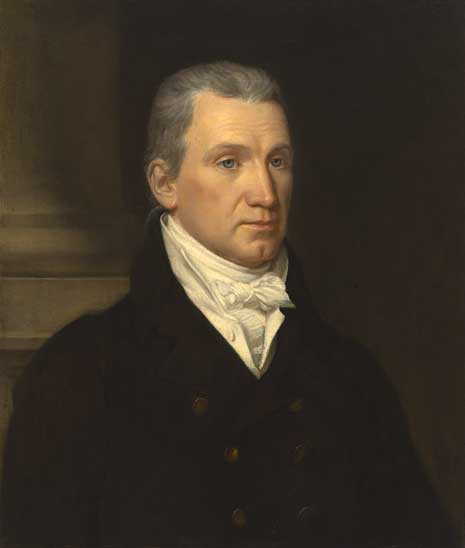
John Vanderlyn painted this portrait in 1816 when James Monroe was elected to his first term as president
Source: National Portrait Gallery, Born and Died on the Fourth of July

John Vanderlyn painted this portrait in 1816 when James Monroe was elected to his first term as president
Source: National Portrait Gallery, Born and Died on the Fourth of July
James Monroe was born in Westmoreland County in 1758, and lived there until he left to attend the College of William and Mary at the age of 16. He inherited ownership of the site, including the 20-by-58-foot house, when he was orphaned. Monroe sold the home and its surrounding 500 acres on Monroe Creek in 1783.
The College of William and Mary excavated the archaeological site of Monroe's first home in 1976. In 2005, the James Monroe Memorial Foundation negotiated a 99-year lease of the property from Westmoreland County, and built a replica home that was dedicated in 2021.1
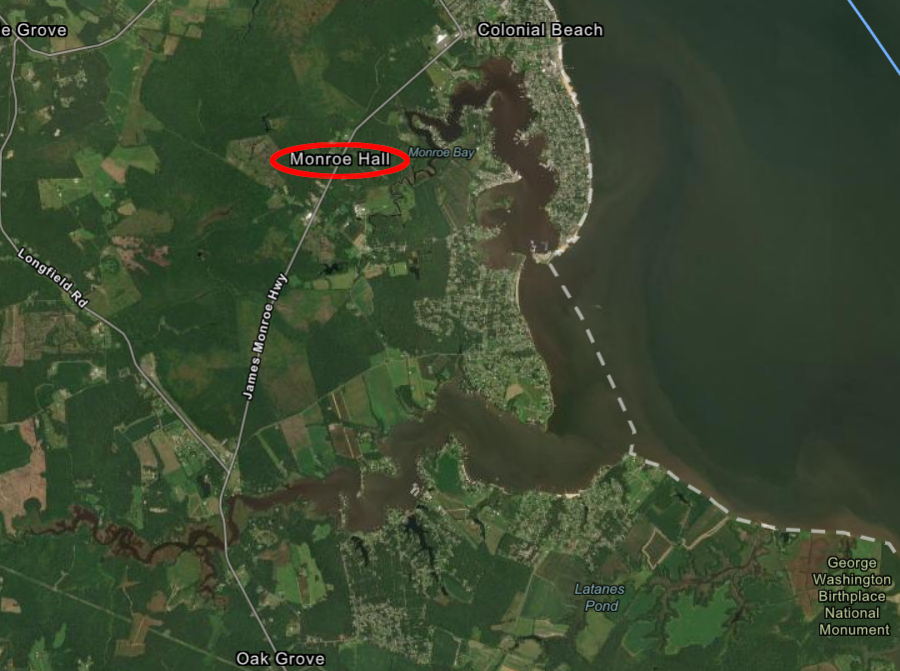
James Monroe was born five miles from George Washington's birthplace, also in Westmoreland County
Source: ESRI, ArcGIS Online
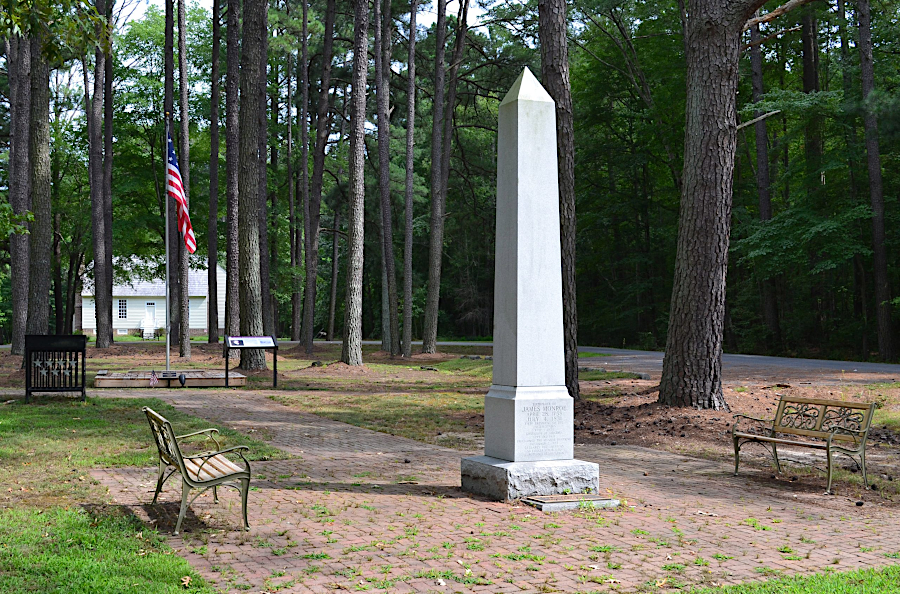
a replica of James Monroe's birthplace was dedicated in 2021
Source: Virginia Department of Historic Resources, 096-0046 James Monroe Birthplace (by Calder Loth, 2021)

reconstruction of James Monroe's birthplace, just south of Colonial Beach in Westmoreland County
James Monroe purchased a 1,000 plantation named Highland south of Monticello in 1793, and he lived there at various times between 1799-1823. He expanded it to 3,500 acres, acquiring farmland on the eastern side to Buck Island Creek and on the western side to extend over the crest of Carters Mountain.
He was forced to sell land (and enslaved people working it) to pay debts. In 1826, when he sold the remainder of his plantation at Highland, it consisted of 907 acres. In 1837 another buyer renamed it Ash Lawn. Today the historic site includes 536 acres.2
The mansion house burned in the middle of the Nineteenth Century. Later owners built a new house and renamed the site Ash Lawn. In 1974, the historic site was donated to the College of William and Mary, which Monroe had attended.
For years, tourists visiting the site toured a house described as Monroe's home, though the structure did not match historical descriptions. In 2016, after archeological investigations identified the foundations of the actual home, the interpretation was changed and the site renamed Highland.3
Interpretation after 2016 expanded to include the stories of the enslaved people at Highland, as well as the story of James Monroe. A Council of Descendants was created to help guide the interpretation. One member commented on why she chose to participate:4
After emancipation many of those enslaved at Highland used the name Monroe and lived in Monroeville. In 2017 a guide at Highland visited a church in Monroeville, seeking information about a group of enslaved people that James Monroe had sold to a plantation in Florida. When the guide started asking questions in the church parking lot, she discovered the descendants who were living just 10 miles away from Highland. One commented that day:5
The executive director of the African-American Cultural Heritage Action Fund articulated goals for the interpretation of the enslaved experience at Highland and other plantations:6
After the death of George Floyd and the energizing of the Black Lives Movement in 2020, a William and Mary student started a petition, "W&M: Stop Bankrolling a Plantation, Especially with Student Funds." Objections included the cost of supporting the facility (reported to be $400,000 annually from the auxiliary budget), and the appropriateness of hosting weddings and other celebrations at a site created by slave labor. Events, together with admission fees and donations, helped to offset the $1 million annual costs of operating and maintaining Hghlands.7
Some descendants of those enslaved at Highland spoke in favor of retaining James Monroe's name on a residence hall at the William and Mary campus in Williamsburg, as well as a statue of James Monroe there. One member of the Council of Descendant Advisors stated:8
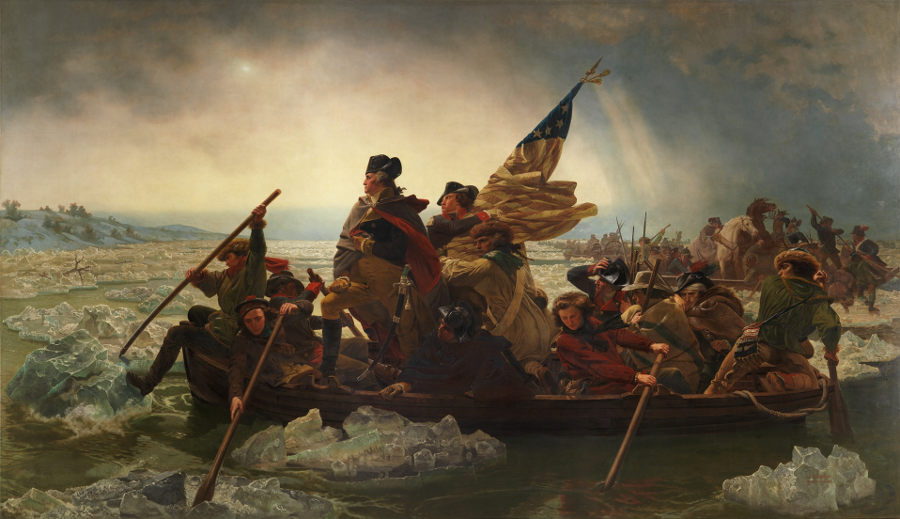
Emanuel Leutze imaginatively added James Monroe holding the flag, as Washington crossed the Delaware River
Source: New York Metropolitan Museum of Art, Washington Crossing the Delaware
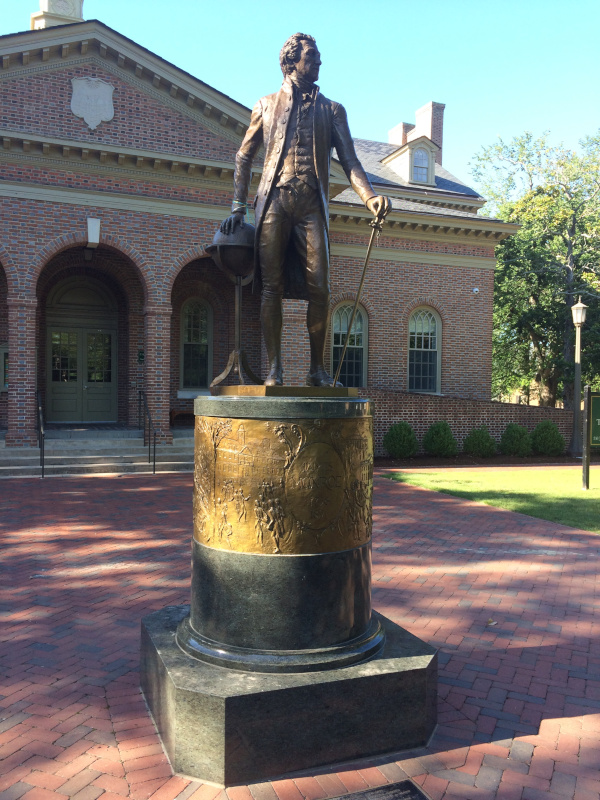
James Monroe is honored by a statue at William and Mary
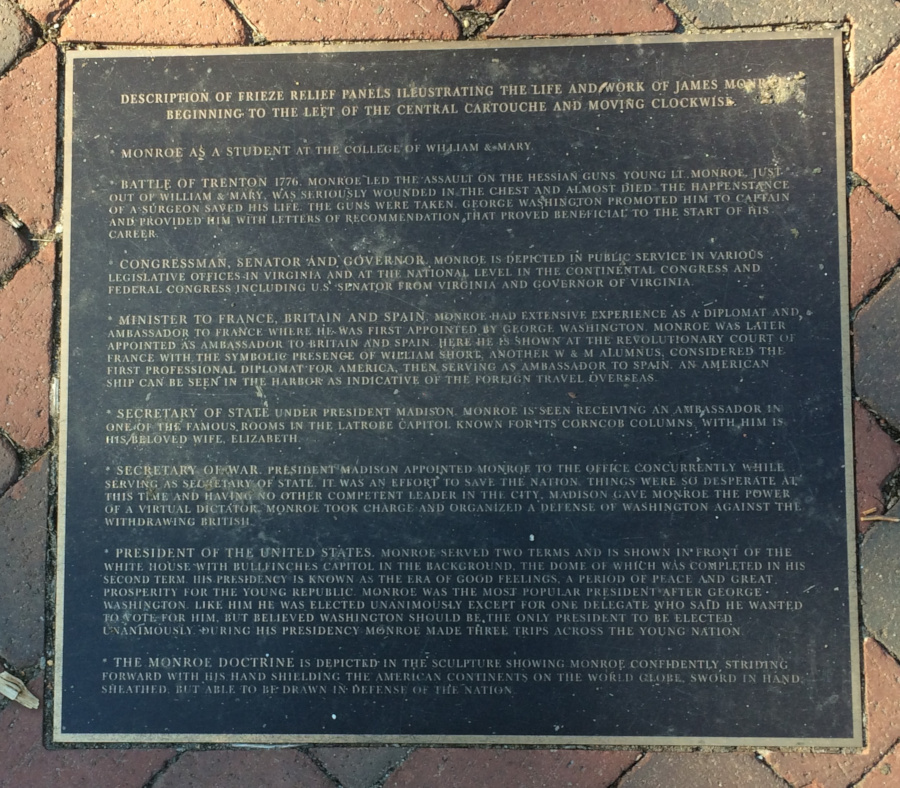
a plaque explains the friezes underneath the James Monroe statue at William and Mary
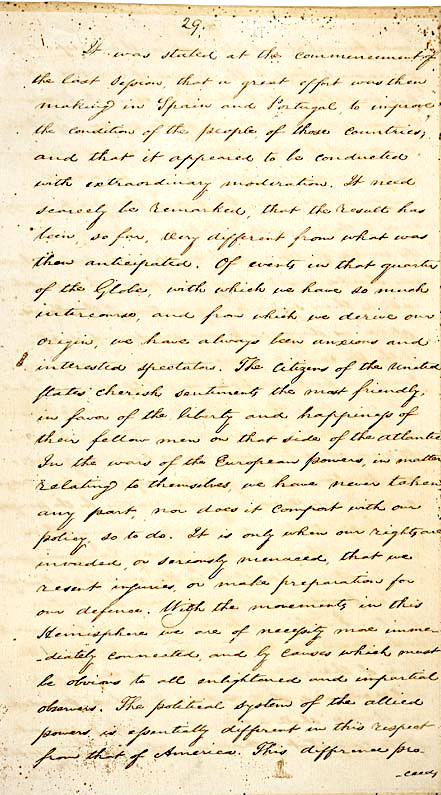
President Monroe asserted as doctrine that European nations must consider the Western Hemisphere as the exclusive sphere of interest of the United States
Source: National Archives, Monroe Doctrine (1823)
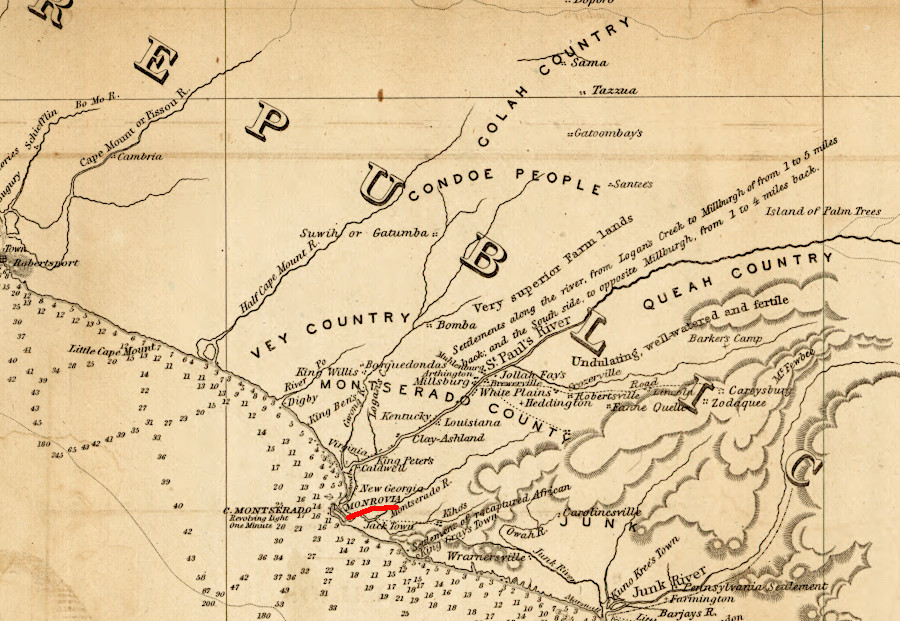
the initial capital of Liberia was named after James Monroe
Source: Library of Congress, Map of Liberia
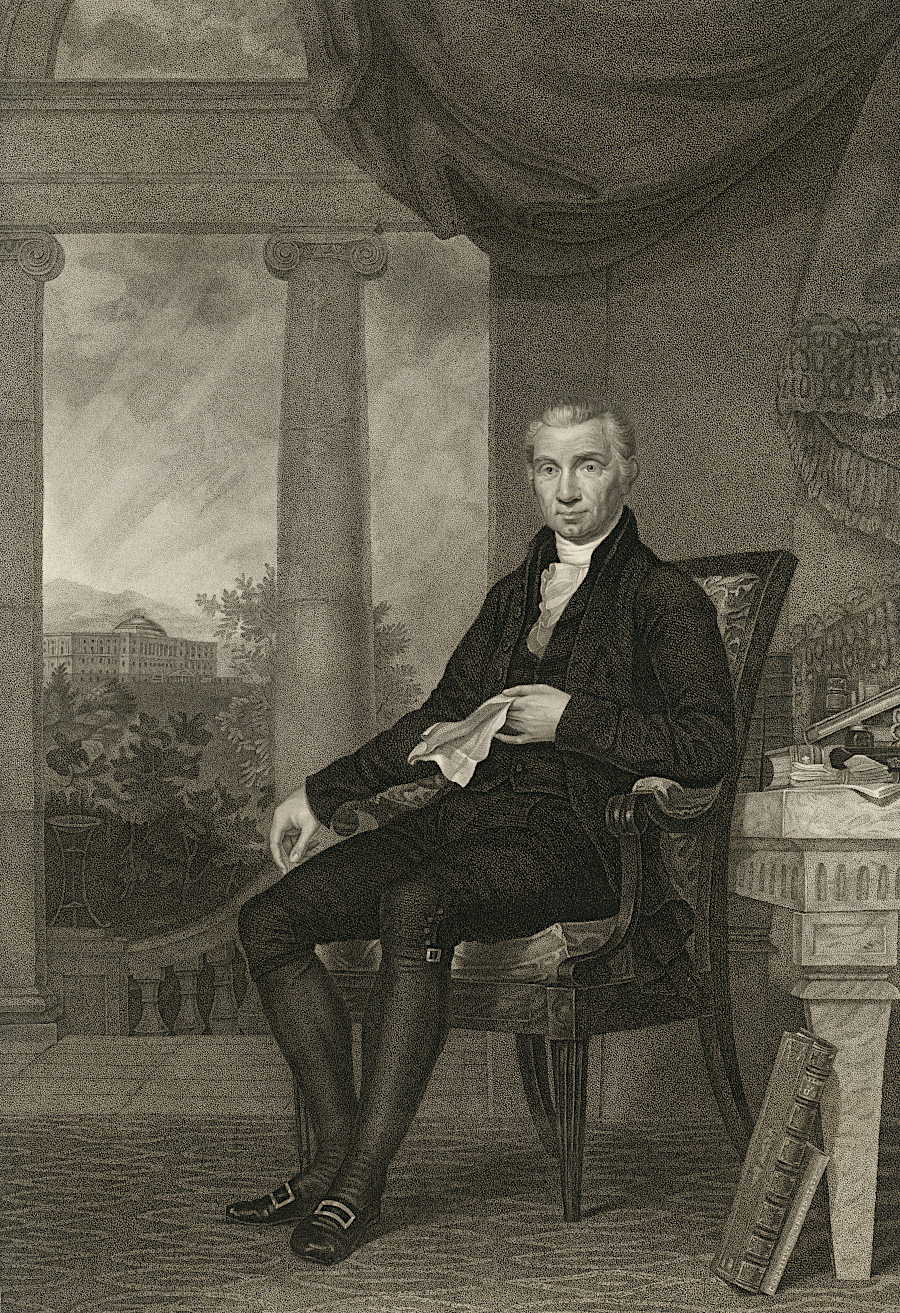
President James Monroe in his first term
Source: Smithsonian Institution, James Monroe (by Goodman & Piggot, 1817)
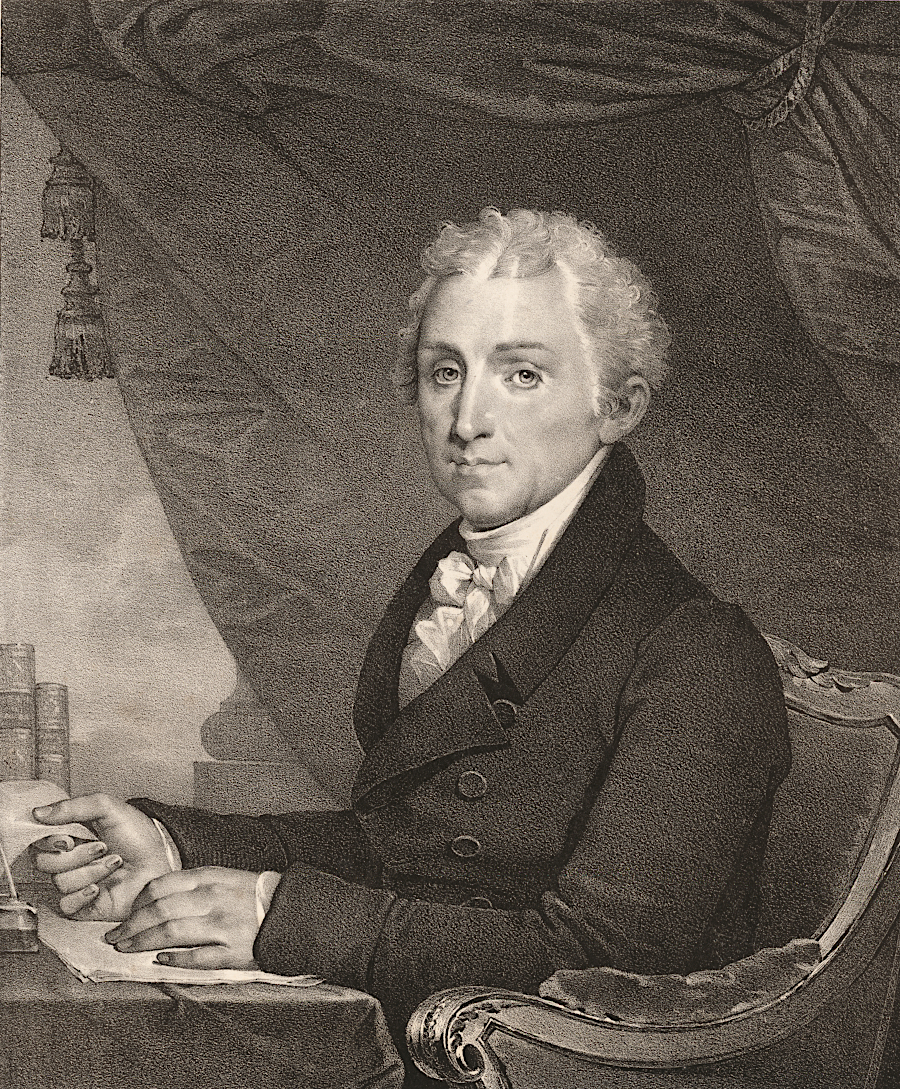
James Monroe, around 1828
Source: Smithsonian Institution, James Monroe (by Nicolas Eustache Maurin, c.1828)
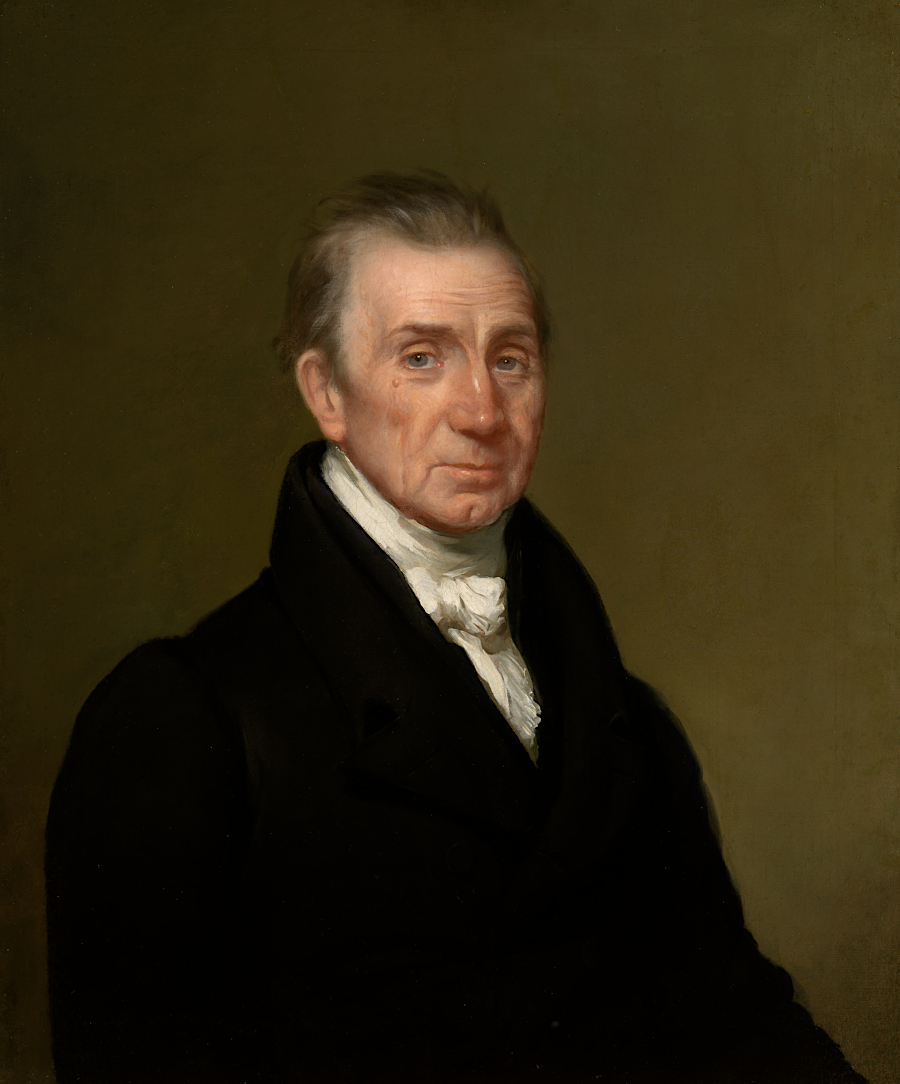
James Monroe in 1829
Source: Smithsonian Institution, James Monroe (by Chester Harding, 1829)